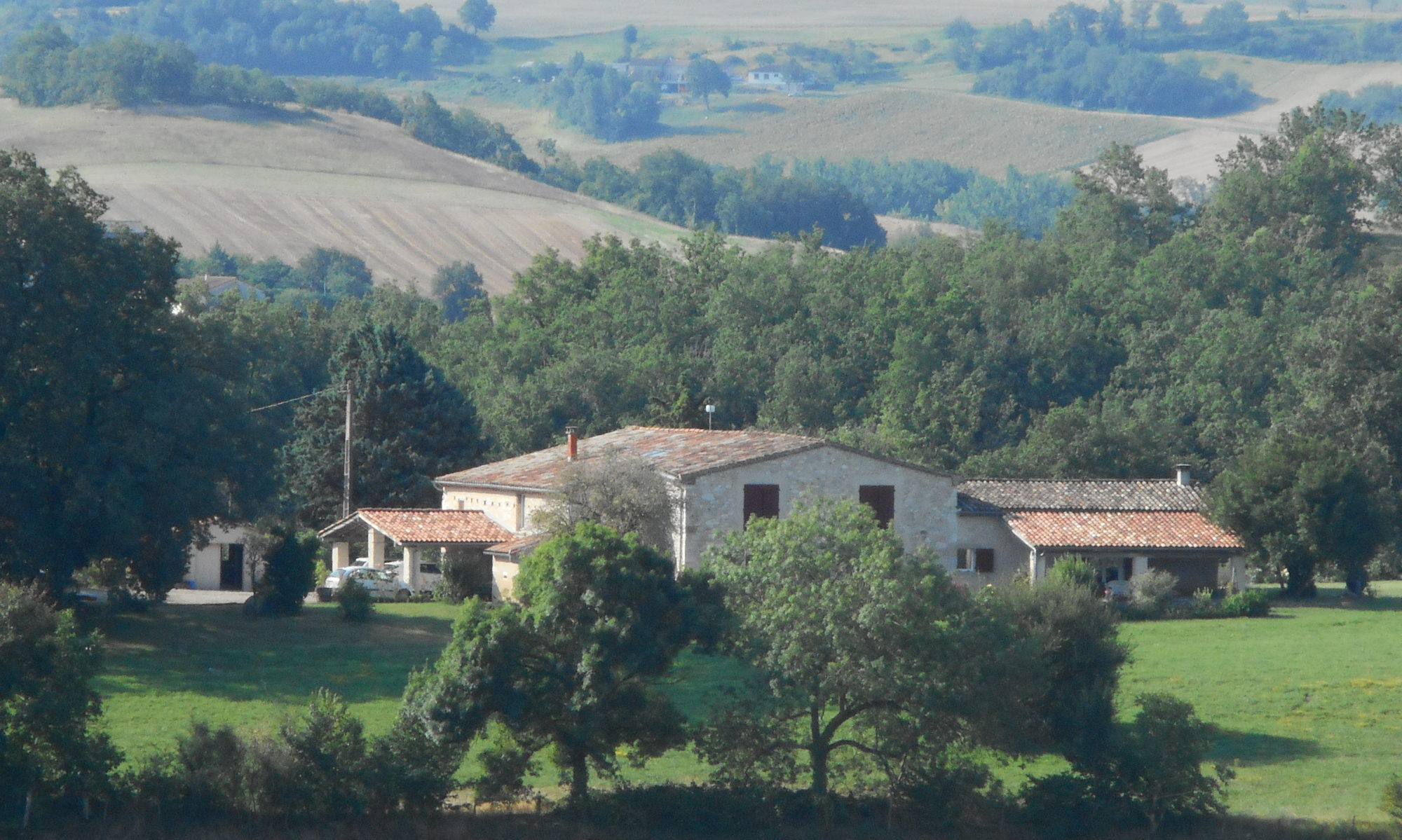


Greece.













Steve & Judi's website for all sorts of stuff












































































Some Bukharan Jews claim they are the descendents of the ten lost tribes of Israel who were exiled by the Assyrians in the 8th century BC. Whether or not this is the case, the Bukharians can trace their ancestry back to the conquest of Babylonia by Cyrus, the King of Persia, in 539 B.C.E. Cyrus decreed that all Jews in exile were free to return to Jerusalem, though many remained in Persia. The Jews lived peacefully in Persia until 331 B.C.E., when Alexander the Great defeated the Sogdian King Spitamenes and conquered the region. At Alexander’s sudden death in 323 B.C.E., the Seleucids gained control, followed by the Parthians, who reestablished the Persian Empire. The Parthians gave the Jews citizenship and allowed them to practice Judaism freely. Under Parthian rule, the Bukharian communities flourished. In 224 A.D., however, the Sassinids conquered the region. They made Zoroastrianism the official religion and persecuted the Jews for their unwillingness to convert. Some Bukharan Jews moved to the northern and eastern parts of the region due to anti-Jewish
hostilities.
There seems to have been around 20,000 Jews here in Bukhara at their peak but most have emigrated to either Israel or the US predominantly New York. here is a snip I found looking at a NY site. With such a concentration of Bukharan Jews along 108th Street in Forest Hills, the street has been dubbed “Bukharan Broadway,” and neighboring Rego Park has been dubbed “Regostan,” both, of course, part of “Queensistan.” The Bukharan Jews are so concen-trated in the borough that Queens College actually started a Bukharan Jewish history and culture class in 2010.
While only a few hundred are left in Central Asia today, an estimated 50 thousand now call Metro New York home, making it the largest concentration of Bukharan Jews in the world and home to one fourth of the world‟s Bukharan Jewish population.
There appears to be around 300,000 Bukharan Jews in Israel so this is a big slice of history.
I have to say all this I found fascinating and like one of those threads which crosses many paths at many times. I think I have to find out a little more and see if I can piece the bits together a little more coherently.





